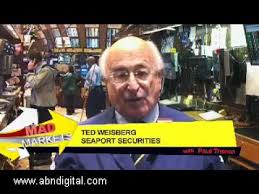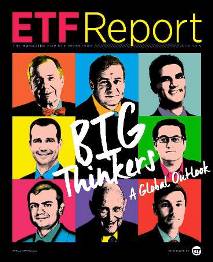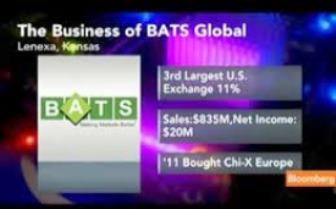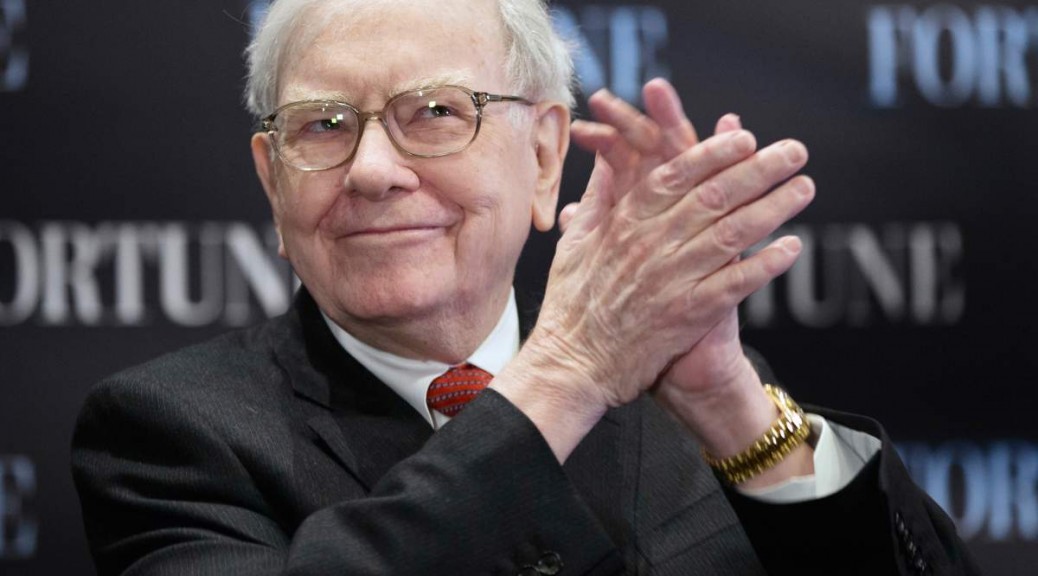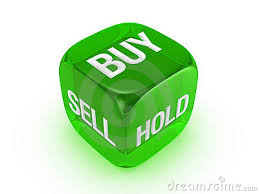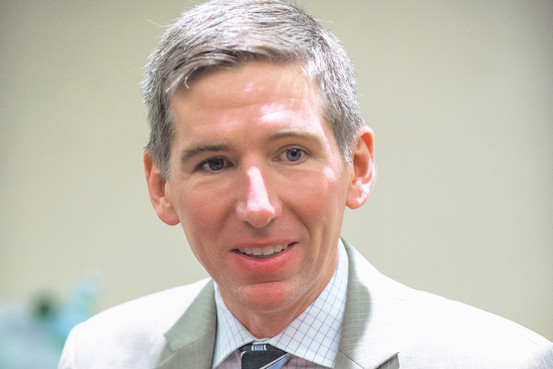While equities markets have zig-zagged since late summer with lots of volatility, leading to pretty much no change in major indices since late August, news media outlets have put their cross hairs on the ETF industry, which has been battered with criticism consequent to out-0f-context pricing that has riddled opening bell markets during recent spikes in volatility. CNBC pundits have invited an assortment of geniuses to explain, defend or attack ETFs for days, including 30 minutes dedicated to the topic mid-day yesterday. The industry print publications have been repurposing each other’s copy with similar themes for days, and the SEC and other alphabet agencies are purportedly ‘investigating’ the ETF industry as a consequence of the recent disruptions.
For equities market experts who are fluent in exchange-traded funds, which are nothing more placeholders for bespoke basket trading strategies–you know that the notion of disruptions in pricing of the cash product aka the ETF could easily happen whenever there is a dislocation in the underlying constituents. Its a caveat emptor type of product. But, somehow, this simple concept has been lost on everyone, except of course by ‘savvy hedge fund managers’..and what a surprise, one HF name now being mentioned for exploiting ETF products is none other than Steve Cohen.
Here’s an excerpt from today’s WSJ “Traders Seek Ways to Benefit From ETFs’ Woes…In some cases, gains come at expense of individual investors”….–which is arguably best suited for college freshman taking elementary classes. According to one trader interviewed by the MarketsMuse Curator, “If there is any SEC-certified RIA or any institutional investor who doesn’t understand this product and the related nuances [and believes the WSJ article was informative], your license should be stripped.”
Here’s an excerpt from today’s WSJ story by Rob Copeland and Bradley Hope Continue reading





